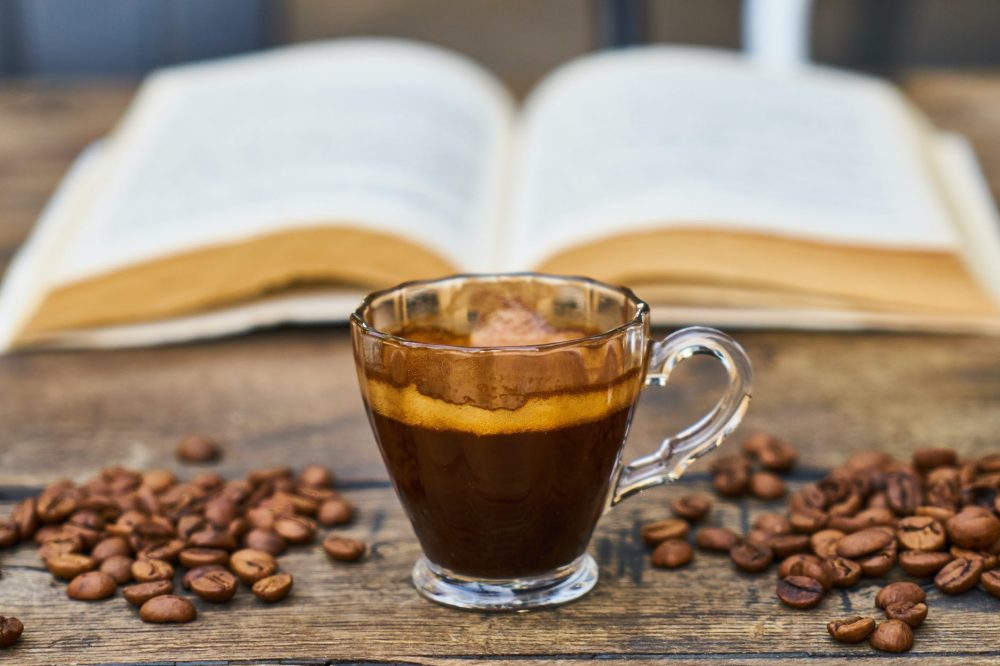Packaging keeps your company’s coffee products fresh and also helps develop a lasting relationship with your customers. It can help to ensure your coffee delivers the best possible customer experience while also building brand name loyalty.
The materials that go into your roasted coffee’s packaging will determine how well its freshness and aroma will be preserved. They can impact your product’s shelf appeal and either expand or limit your packaging and display options.
Preserving Freshness and Aroma
Your coffee brand requires protection from oxygen, light and moisture to preserve its fresh-roasted flavor and aroma. Your coffee beans packaging bags will benefit from choosing the most appropriate Modified Atmosphere Packaging options for your company’s offerings. Ground coffee requires greater freshness protection in its packaging than whole bean coffee, so the right MAP option will play an even greater role. Overall, your ideal packaging material will prevent oxygen, light and moisture from getting in while it also allows the normal build-up of CO2 to escape.
Although it may be okay for a “take-out” and quick-use purchase made a short time after roasting, paper packaging won’t help guarantee normal shelf-life. The better material choices are a plastic-and-aluminum laminate or Mylar. A two-ply laminate that replaces the aluminum layer with a polyester high-barrier film is another option. Overall, the addition of a flat and inconspicuous one-way valve that lets CO2 escape while keeping oxygen out provides the greatest amount of protection.
Engaging the Customer Through Shelf Attraction
Coffee has a unique product identity. It’s consumed every day and also engages purchasers at an emotional level. A purchaser’s coffee becomes part of his or her daily wake-up routine. Brand identification often becomes part of an individual’s lifestyle and cultural attitude.
The materials used in your product’s packaging can shape your stylistic and design options. Stacked on a supermarket shelf, stand up pouches have a better chance of attracting a shopper’s attention. A stiff flat-bottom wrinkle-free material enhances your packaging’s graphics and helps promote product branding. It also “feels solid” in a purchaser’s hands.
Premeasured one-serving pillow bags are typically made from more supple materials and come with lower production costs, but they won’t “stand at attention” on a retail shelf. Because of their lower cost, they may reflect a good choice for “try me” portions or product samples. The material used, however, should be at least strong enough to reliably survive shipping, handling and store display stocking.
Promoting Sustainability
Companies promoting sustainability through environmentally friendly packaging can better engage similarly minded customers. In this respect, post-consumer recycled packaging can help your coffee connect with purchasers while your company makes its contribution to lessening the negative impact of plastic refuse on the environment. PCR films used in coffee packaging can easily accommodate stand up and lay flat pouches or roll stock. Your coffee will benefit from the same degree of protection from light, moisture and oxygen obtained through other materials.
Modern production techniques and digital printing have provided coffee businesses with a wide range of packaging options. If you’re undecided regarding what best suits your company’s needs, contact a reputable packaging provider experienced in the retail coffee field. It’s a good way to learn more about the options for ground coffee or coffee beans packaging bags.

